Style Has No Guidelines Anymore & That’s the Level
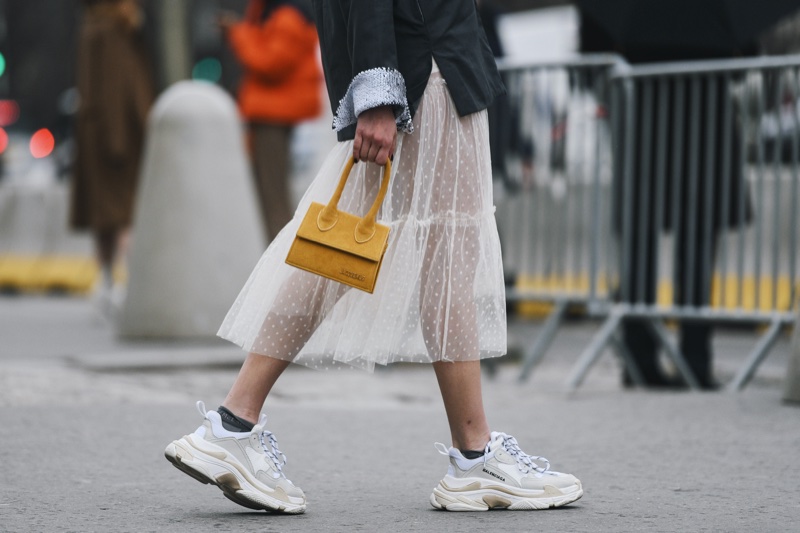
As soon as upon a time, vogue got here with a protracted record of do’s and don’ts. Don’t put on white after Labor Day, don’t combine prints, by no means pair gold and silver jewellery, and hold your lounge garments at house the place they belong.
These so-called guidelines formed generations of fashion, dictating what individuals wore and the way they had been perceived. However at the moment, that rulebook is gathering mud. Throughout runways, metropolis streets, and social feeds, it’s clear: vogue has entered a brand new period. It’s one the place individuality overrides custom, and elegance is much less about becoming in than standing out.
From thrifted mashups to genderless silhouettes and pajama units styled for brunch, the trendy wardrobe is a insurrection towards conference. This shift is cultural and goes past aesthetic.
Social media, shifting gender norms, and a rising give attention to authenticity have torn down the previous hierarchies of style. Of their place? A chaotic, inventive, and deeply private model panorama.
The Rise and Fall of Style Guidelines
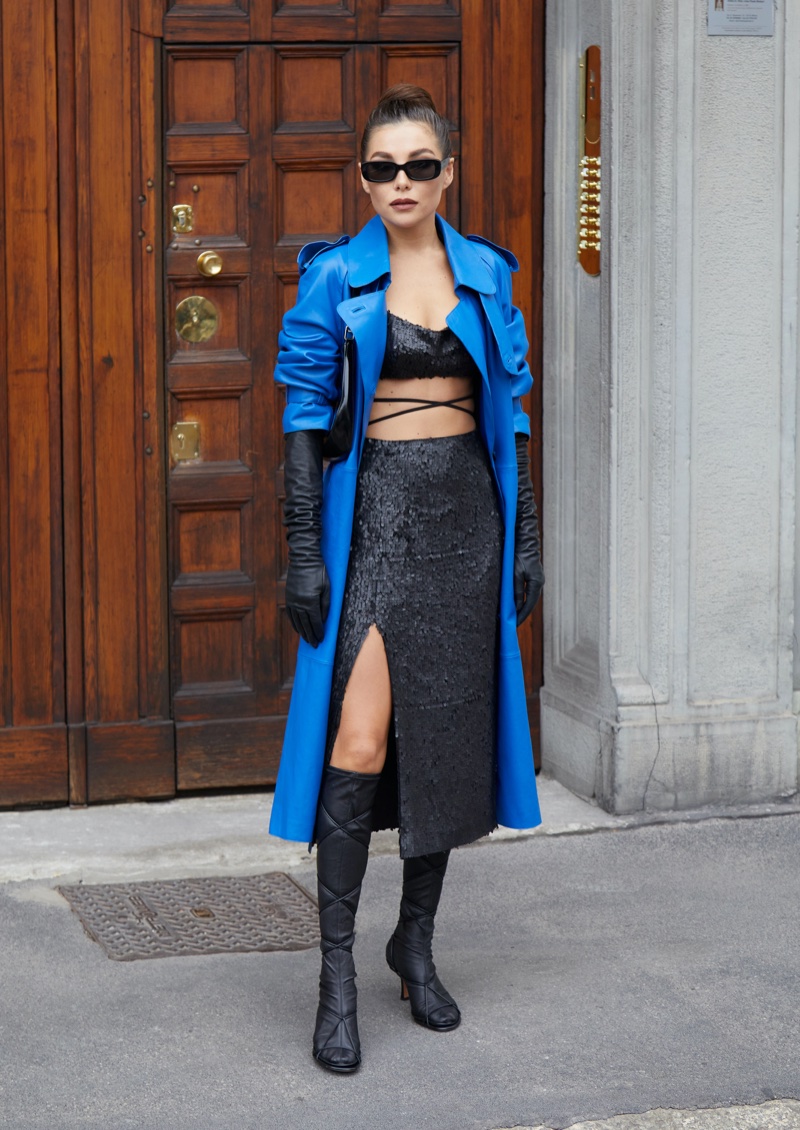
Style as soon as thrived on instruction. Guidelines, spoken and unstated, fashioned the spine of “good style.” Hemlines rose and fell on schedule, black was for funerals, white was for summer season, and mixing prints was thought of a newbie’s mistake.
These went past aesthetic pointers. They had been social codes, inherited like etiquette and enforced like class markers. However guidelines age quicker than model. What as soon as felt like construction now looks like constraint.
In a world that’s fractured and fluid, vogue’s previous commandments of what to put on, when, and the way have misplaced their authority. At this time, these once-rigid strains blur below the burden of change.
Identities are much less mounted. Tendencies are much less linear. And what we put on not channels conformity, it stomps autonomy. Not as a result of the principles not exist, however as a result of they not maintain energy.
The decline of vogue guidelines is a launch. It’s a quiet shedding of outdated frameworks to create space for one thing extra private, and infinitely extra fascinating.
Know the Guidelines to Break Them
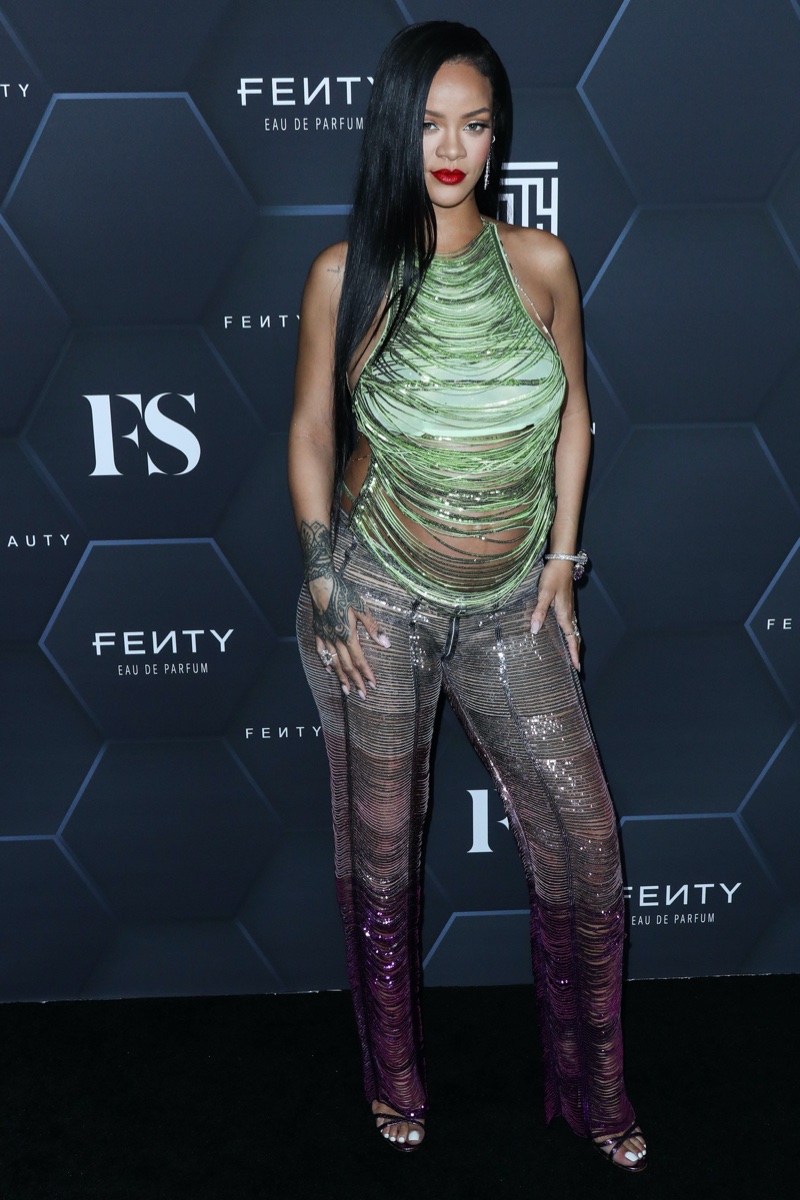
The rulebook could not maintain sway, however that doesn’t imply it served no function. To reshape vogue into one thing private and expressive, one should first perceive its construction.
Ideas like proportion, steadiness, and silhouette type the underlying grammar of fashion. They sharpen your creativity.
Among the most provocative figures in vogue historical past didn’t ignore these foundations; they studied them carefully. Rihanna reimagines clothes by understanding how they’re meant to perform, then deliberately shifting that framework.
Alexander McQueen explored custom to not dismiss it, however to unravel and reconstruct it. Their work resonates as a result of it’s rooted in mastery.
Breaking the principles, on this context, turns into much less about defiance and extra about depth. There’s intention within the distinction. Like a hoodie worn with a ball robe, or a tuxedo on a girl, when it nonetheless made headlines.
These decisions succeed as a result of they reject vogue logic, they usually reply to it with fluency and perception.
Forces Driving the Shift
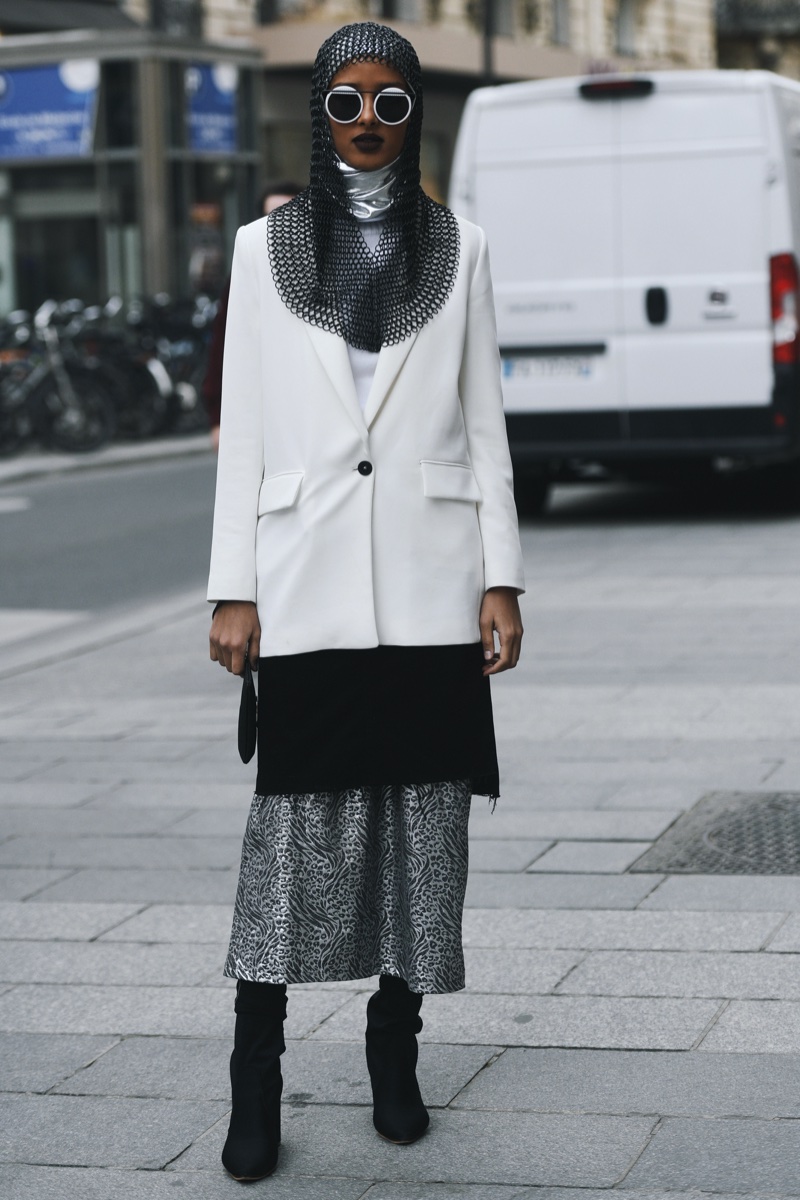
Style’s drift away from guidelines is a response to the present local weather. Social media has reworked model from one thing curated by editors to one thing lived in actual time. Platforms like TikTok and Instagram have turned private closets into world phases.
One viral video can launch a microtrend, problem standard magnificence requirements, or shift the tone of a complete season. When Emma Chamberlain wears thrifted classic with luxurious labels, or when a distinct segment aesthetic like “blokecore” developments for weeks, it indicators a brand new form of affect. It’s one pushed from the underside up.
This shift additionally displays a broader cultural motion towards fluidity. Gendered clothes classes are blurring, and conventional silhouettes are being reinterpreted. Designers like Harris Reed and types like Collina Strada are responding to a technology that values identification over definition.
On the similar time, rising consciousness of vogue’s environmental affect has made secondhand, DIY, and upcycled seems really feel not solely acceptable however aspirational.
What Changing the Guidelines Seems to be Like
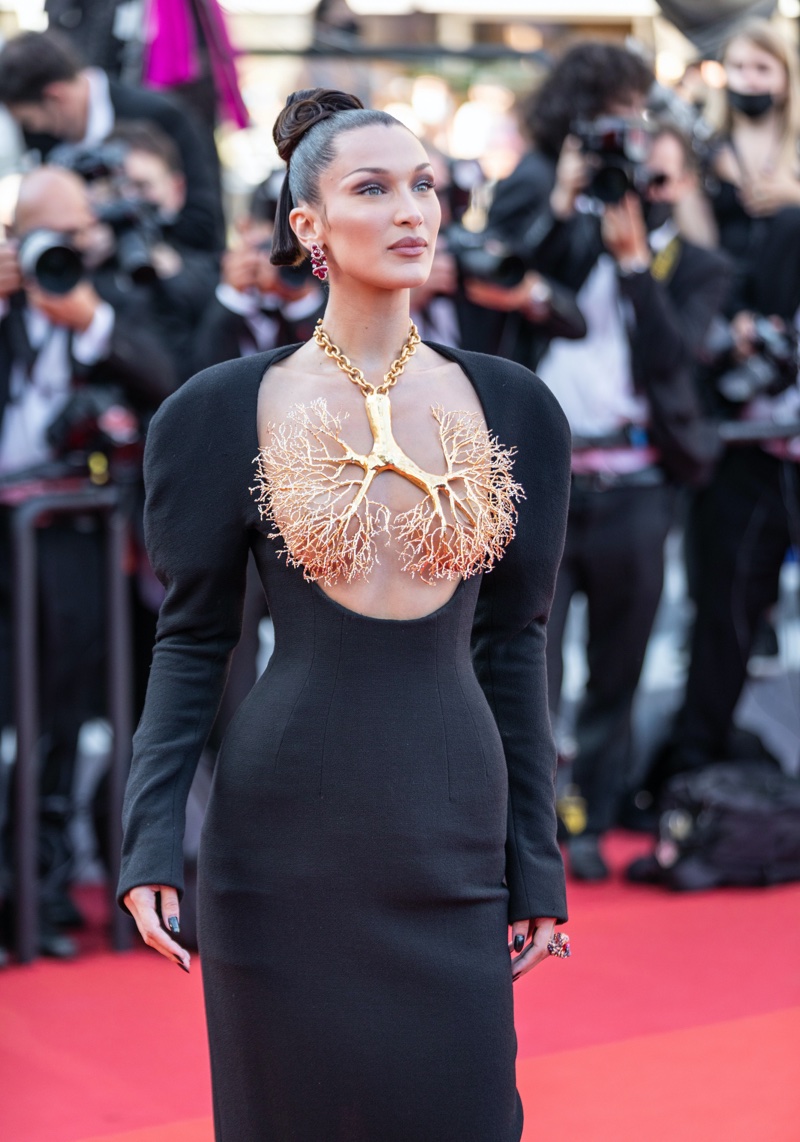
tanka_v / Deposit Images
As authority dissolves and experimentation rises, what fills the area as soon as held by guidelines is a brand new form of order. Model at the moment is guided much less by consensus and extra by private narrative. The query is not “Is that this trendy?” however “Does this really feel like me?” That shift, delicate because it sounds, has rewritten the phrases of style.
As a substitute of season-based developments, we now see aesthetic ecosystems. One individual may construct their go searching archival Helmut Lang, one other round Tumblr-era indie sleaze, and one other from no matter catches their eye at a flea market.
From the structured world of old-money “quiet luxurious” to the playful maximalism of stars like Bella Hadid or Doja Cat, vogue is more and more about world-building, curating a visible language that’s solely one’s personal.
That is what replaces the rulebook: autonomy. Not trend-chasing, however mood-matching.
The New Guiding Ideas (If Any)
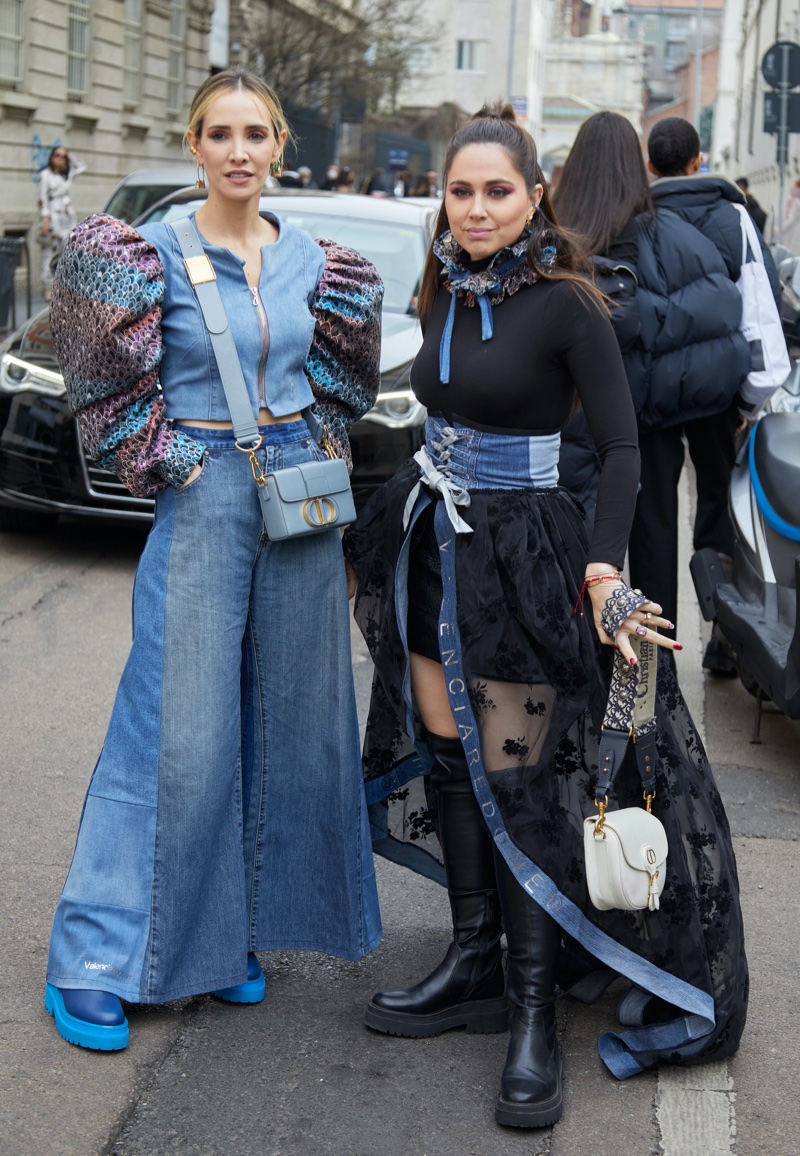
If vogue not operates by guidelines, what does it function by? The reply isn’t a lot a brand new code as it’s a shifting middle of gravity. Instead of common requirements, we now navigate model by way of instinct, context, and self-definition.
Probably the most resonant seems are grounded in intention. Confidence has turn into a key forex. Not within the sense of all the time being daring, however in dressing in a means that aligns with the way you see your self, and the way you wish to be seen.
Authenticity has taken priority over conference. Which may imply pairing Crocs with couture, or carrying a thrifted tee to an occasion lined with designer labels. Creativity, too, has turn into extra democratic.
It’s not only for these with entry to runways or temper boards. Platforms like Pinterest and TikTok have made styling a participatory act.
Critics & Challenges
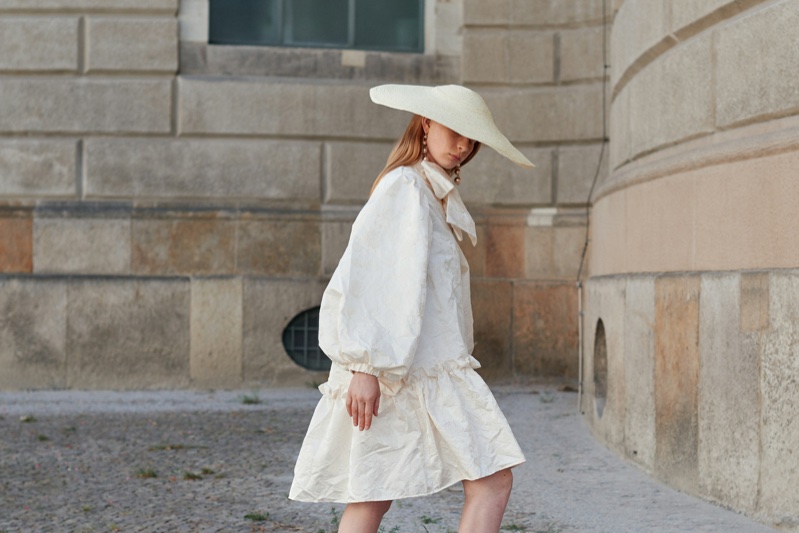
After all, a ruleless vogue panorama isn’t free from rigidity. In concept, anybody can put on something. In observe, freedom isn’t distributed equally. Whereas some are praised for daring self-expression, others, particularly these from marginalized communities, nonetheless face scrutiny or backlash for a similar decisions.
The runway could have fun disruption, however the world exterior doesn’t all the time comply with go well with. There’s additionally the query of entry. Sure aesthetics are celebrated on this new period. Phrases like eclectic, classic, and ironic typically rely on time, cash, or cultural fluency.
“Easy” model can, sarcastically, require deep vogue literacy. What seems like spontaneity is usually the results of cautious curation, and even algorithmic affect.
After which there’s appropriation. In a remix-driven model tradition, the road between homage and theft grows skinny. When cultural references turn into development cycles, their unique that means could be diluted, even erased.
Style could not comply with mounted guidelines, nevertheless it nonetheless operates inside energy constructions. To decorate freely on this second means exploring what’s doable and being aware of who will get to do it, and why.

